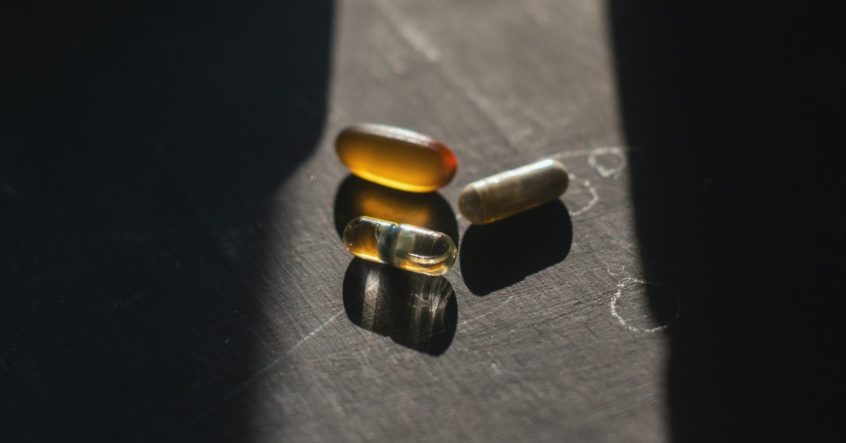It is no secret that not all supplements are created equal and it has long been known that pharmaceutical and nutraceutical companies are eager to make a quick buck by selling products that make wild claims in supporting the quest for improved health, wellness, or aesthetics. It is important for you, the consumer, to understand how to read the label and know which ingredients you want and which ones to avoid. In today’s post, we will review some of the product label ingredients that you should be wary of when selecting the right eye supplement for your regimen.
Fillers
Fillers are the substances used to bond the actual nutrients into a pill or capsule for easy consumption. The problem with fillers, aside from being wasted space, is that they often contain allergens such as dairy, corn, or wheat. If you read the label, you can tell what is used as the filler in the “other ingredients” including gelatin or other substances. Products have to divulge everything in their product labels, so look for other ingredients and what it does not contain. These may be ok but for those of you that are sensitive to certain ingredients you should double-check.
Extreme Levels
It should be noted that too much of a good thing is just as harmful as not enough. Some vitamins are difficult to consume in the average diet and are not produced naturally in the diet; nearing 100% of the daily recommended intake in a daily vitamin is fine, and even some that exceed 100%. If you are concerned about ingredients above 100% you can reference the National Institutes of Health’s Upper Tolerable Limit (UL) listed on their website. UL is the largest daily intake of a nutrient considered safe for most people. If you see eye supplements, or vitamins of any type for that matter, that offer outrageous levels of anything, you can reference the UL.
For instance, vitamin D is required for the body to absorb calcium; however, too much Vitamin D can lead to nausea, muscle weakness, and even kidney stones. The upper tolerable limit (UL) of Vitamin D is 4000 IU for an adult. Be careful of any supplement over the upper tolerable limit.
A Few Tips For Choosing the Right Eye Vitamin
- If you have allergies or sensitivities, always read the entire product label to ensure none of the ingredients will cause reactions.
- If you take medications or other supplements, speak to your physician to ensure there are no interactions or adverse reactions, and to ensure you are not overconsuming any ingredients.
- Dietary supplements are regulated but are treated like food rather than medications. So, unlike drug manufacturers, the makers of supplements don’t have to show their products are safe or effective before selling them. Make sure all supplements are manufactured in a GMP-certified facility, which follow strict U.S. regulations.
- Not all ingredients are created equal. If you can, check the source of the ingredient, the more label details, the better quality the ingredients likely are.
What Are Some Ingredients Your Eye Vitamins Should Contain?
There are many great eye vitamins available on the market, including Viteyes AREDS 2 supplements. The way you can tell if the supplement is of good quality and will support optimal eye health is if it contains these ingredients:
- Vitamin C
- Vitamin E
- Lutein
- Zeaxanthin
- Zinc
If the eye vitamins include other great nutrients including Omega-3 fatty acids, B vitamins, vitamin D, and/or vitamin A with or without beta-carotene, that is good as well. If the eye vitamin contains zinc, it should contain 25mg or less, find out more about zinc here.
For quality eye vitamins and ingredients you can trust, browse the entire line of Viteyes supplements today!
